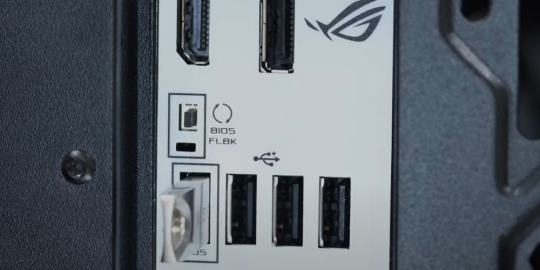
In an attempt to address stability issues plaguing some Intel i9 users, especially in a gaming context, Asus has released a BIOS update for its Intel-based motherboards, introducing the so-called "Intel Base Profile." The intention behind this update is clear: to provide a means for users to enjoy a stable gaming experience without the need for intricate adjustments. However, the reality seems to need to catch up, as the power limits implemented by this new feature still exceed Intel's official standards.
The 'Intel Baseline Profile,' despite its promising introduction, appears to skirt around the very issue it aims to resolve. Users anticipated a return to the benchmark power limits set by Intel, only to find that the update retains a penchant for "a bit of extra juice." Specifically, the power limits for the PL1 state remain significantly higher than Intel's baseline, raising questions about the true efficacy of this update in mitigating stability issues without causing additional problems.
The swift response from Asus suggests a cautious approach for users navigating these waters. The BIOS update, while offering a partial solution through the Intel Baseline Profile, still requires users to engage directly with their system's BIOS settings for full compliance with Intel's specifications. This situation complicates the landscape for those less inclined to tinker with BIOS settings, potentially leaving a portion of the user base in limbo between enhanced stability and adherence to official power limits.
Moreover, the introduction of the Intel Baseline Profile, while a step in the right direction, underscores a larger issue within the ecosystem of high-end gaming setups. The fine balancing act between system performance, power consumption, and stability remains a complex issue, exacerbated by discrepancies between motherboard manufacturers' default settings and the official specifications of processor manufacturers. This ongoing tug-of-war not only frustrates users but also highlights the need for clearer communication and standardization within the industry.
In conclusion, while Asus' BIOS update represents a proactive step towards resolving stability issues for high-end Intel CPU users, it stops short of fully aligning with Intel's prescribed power limits. This outcome leaves users in a precarious position, forced to choose between the potential for improved stability and the certainty of adhering to official power specifications. As the saga progresses, one can only hope for further developments to better bridge the gap and provide gamers with stability and performance without compromise.